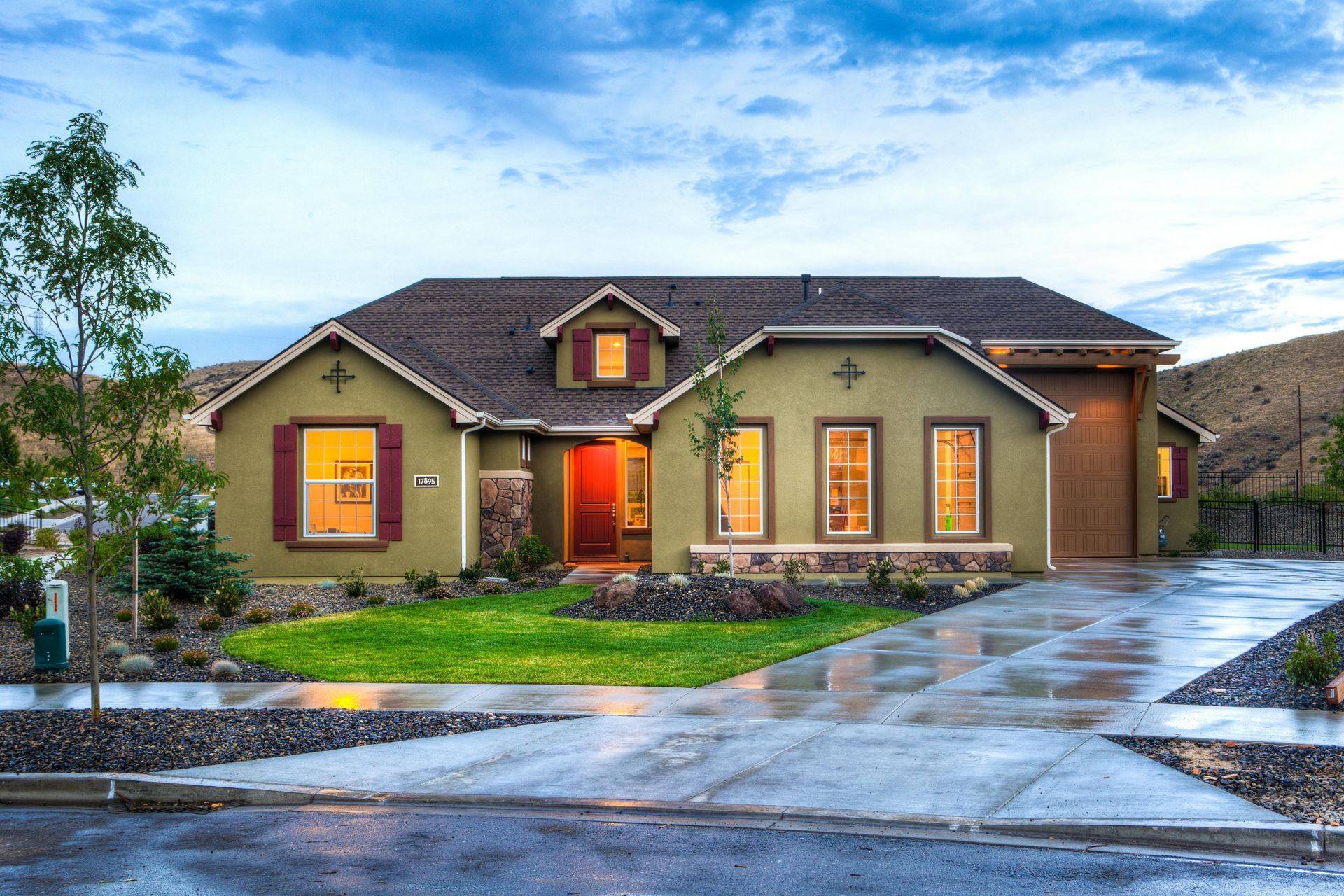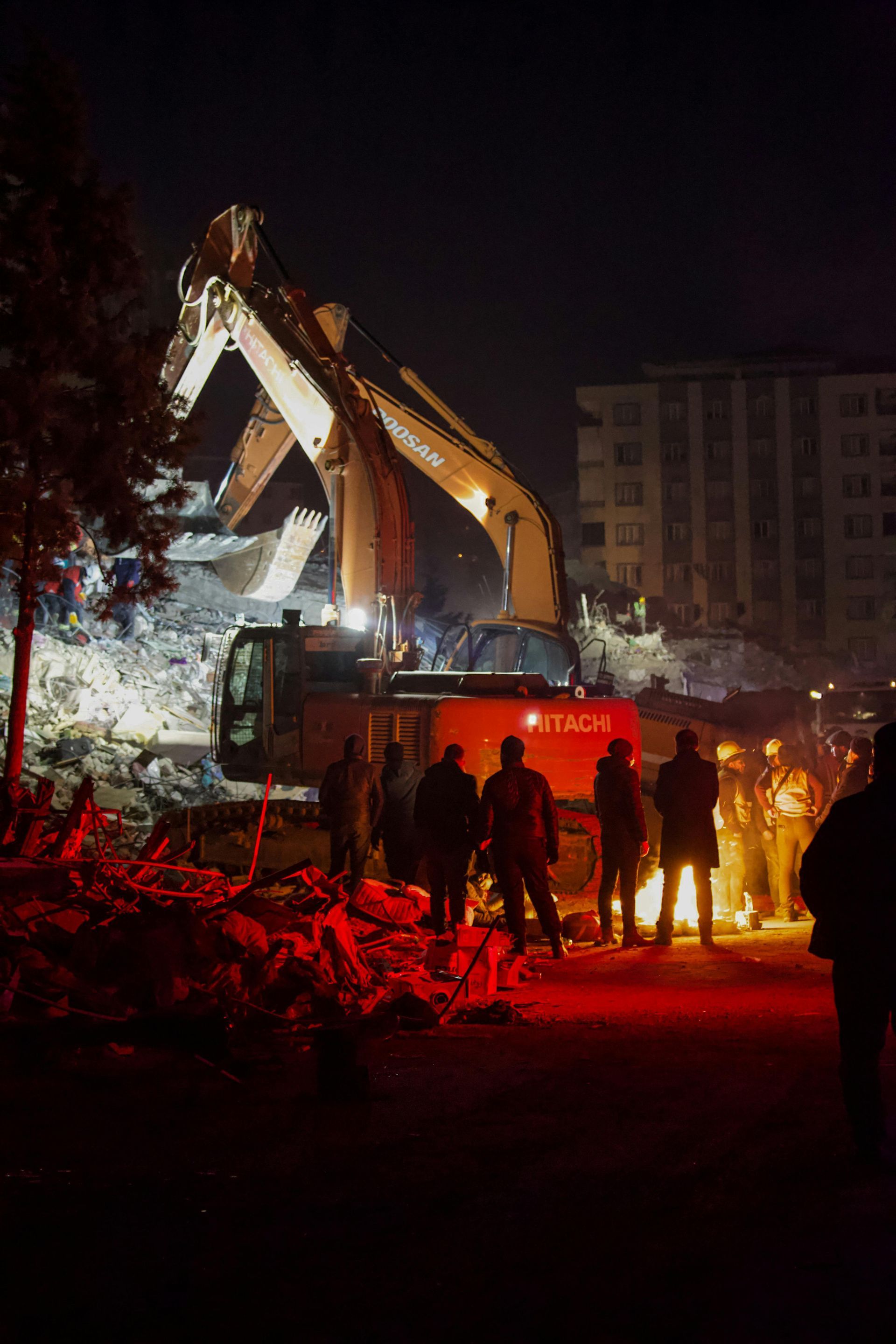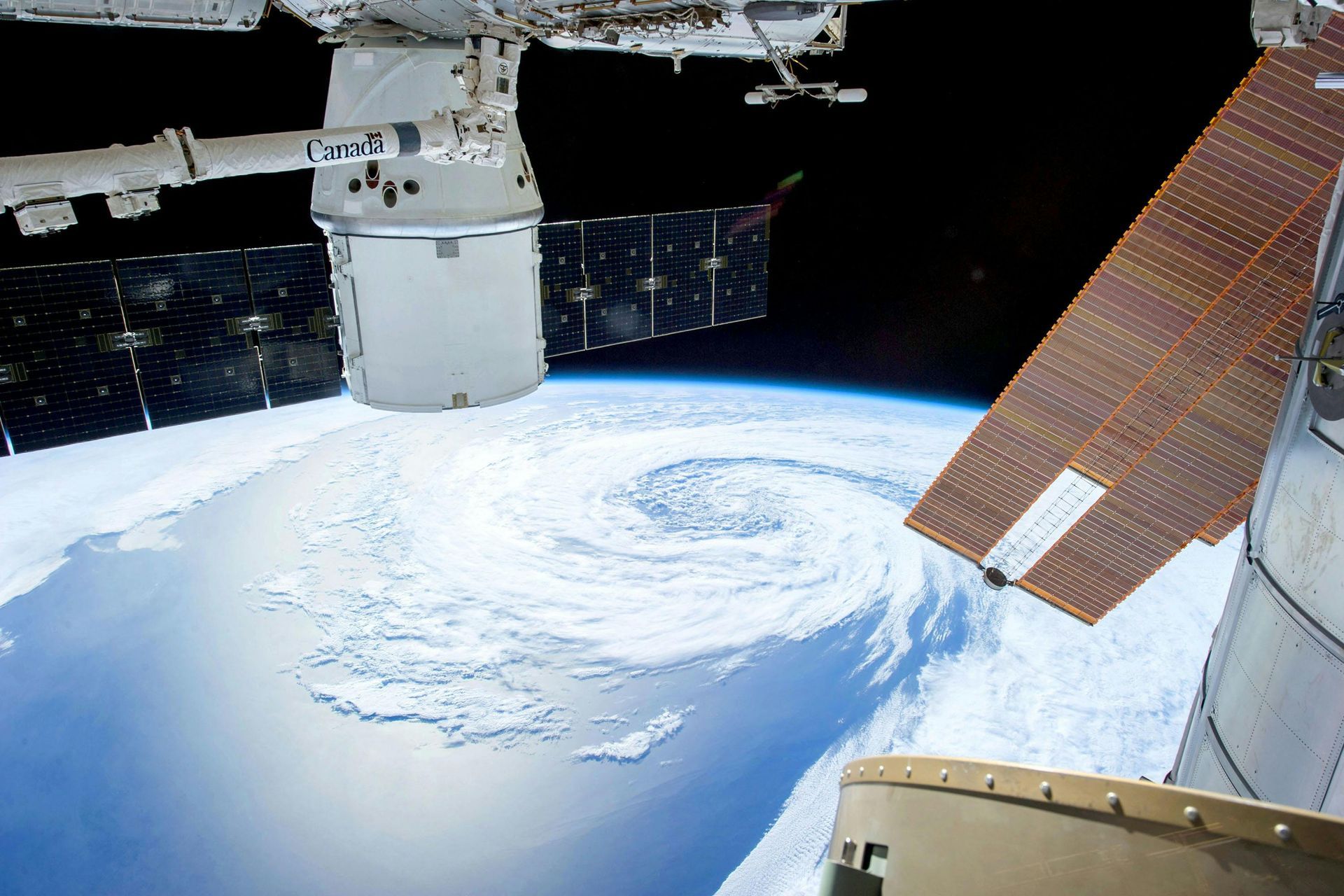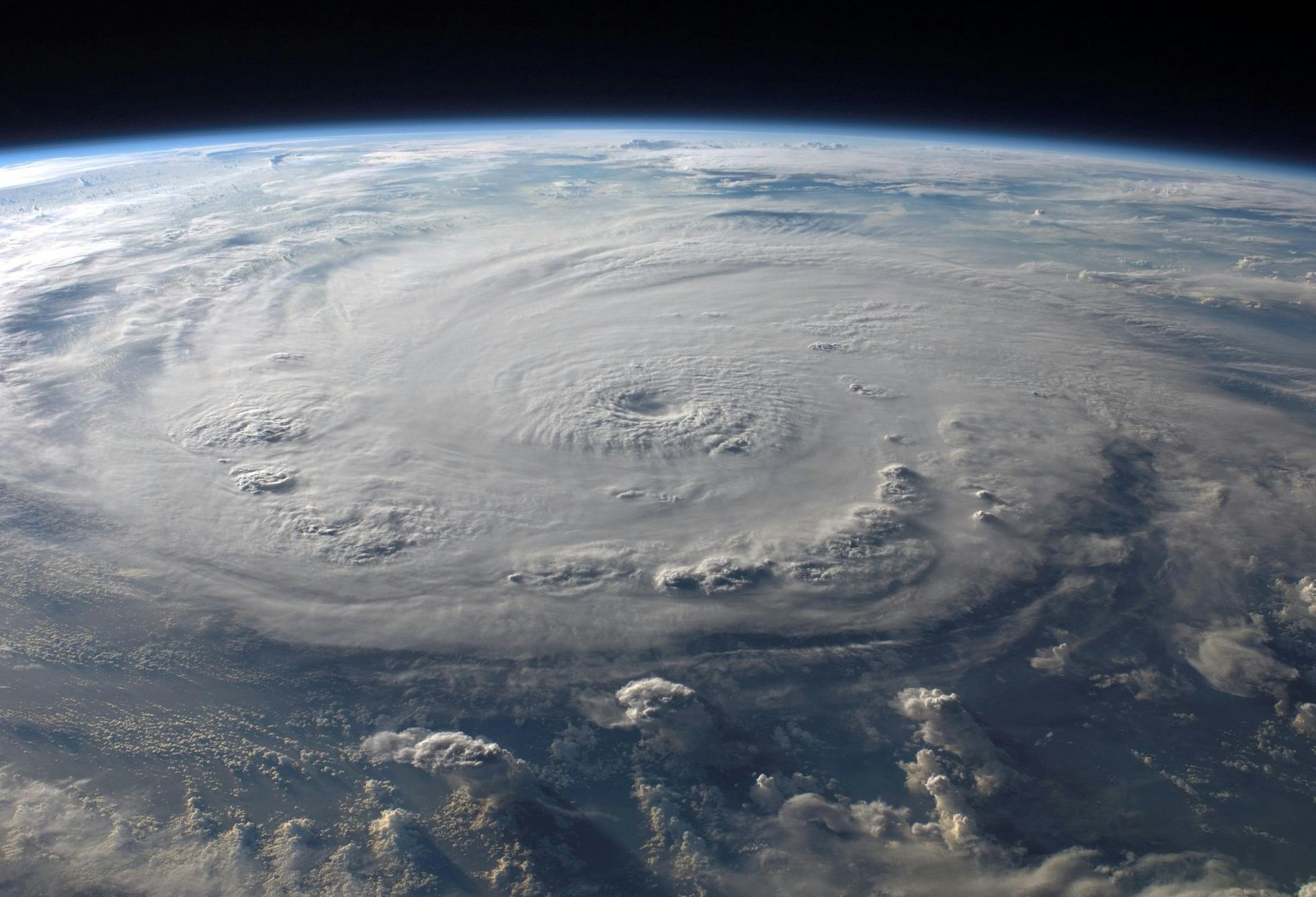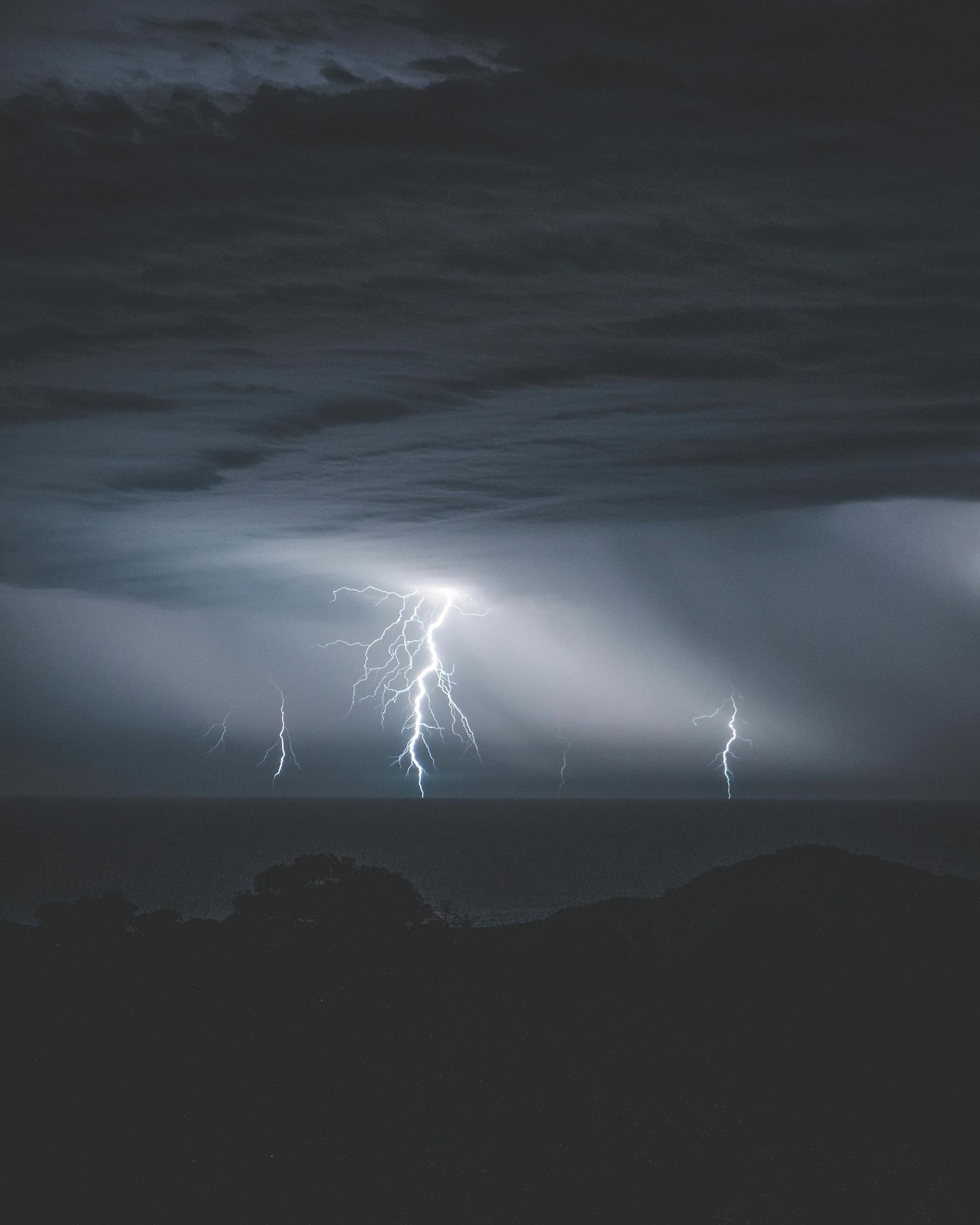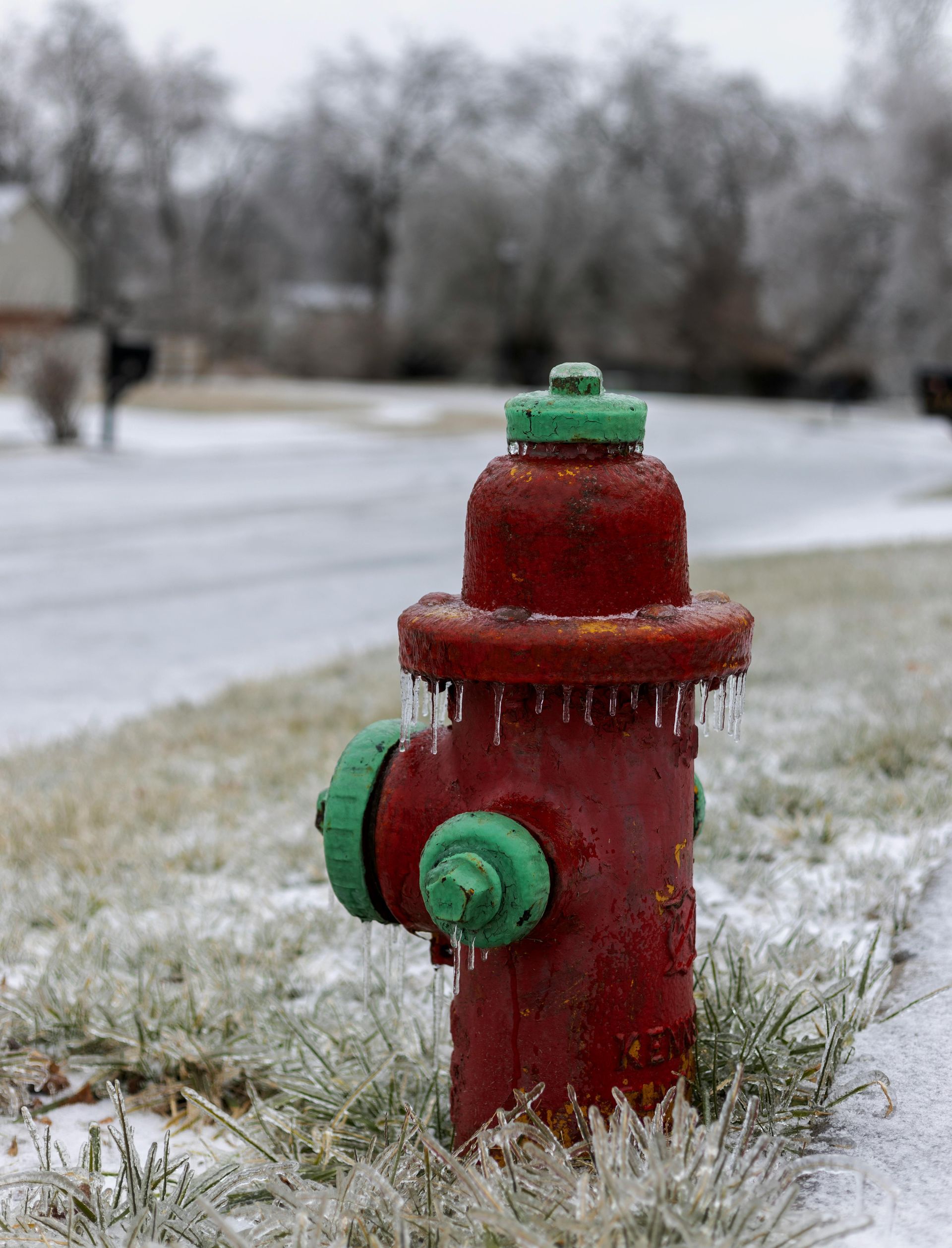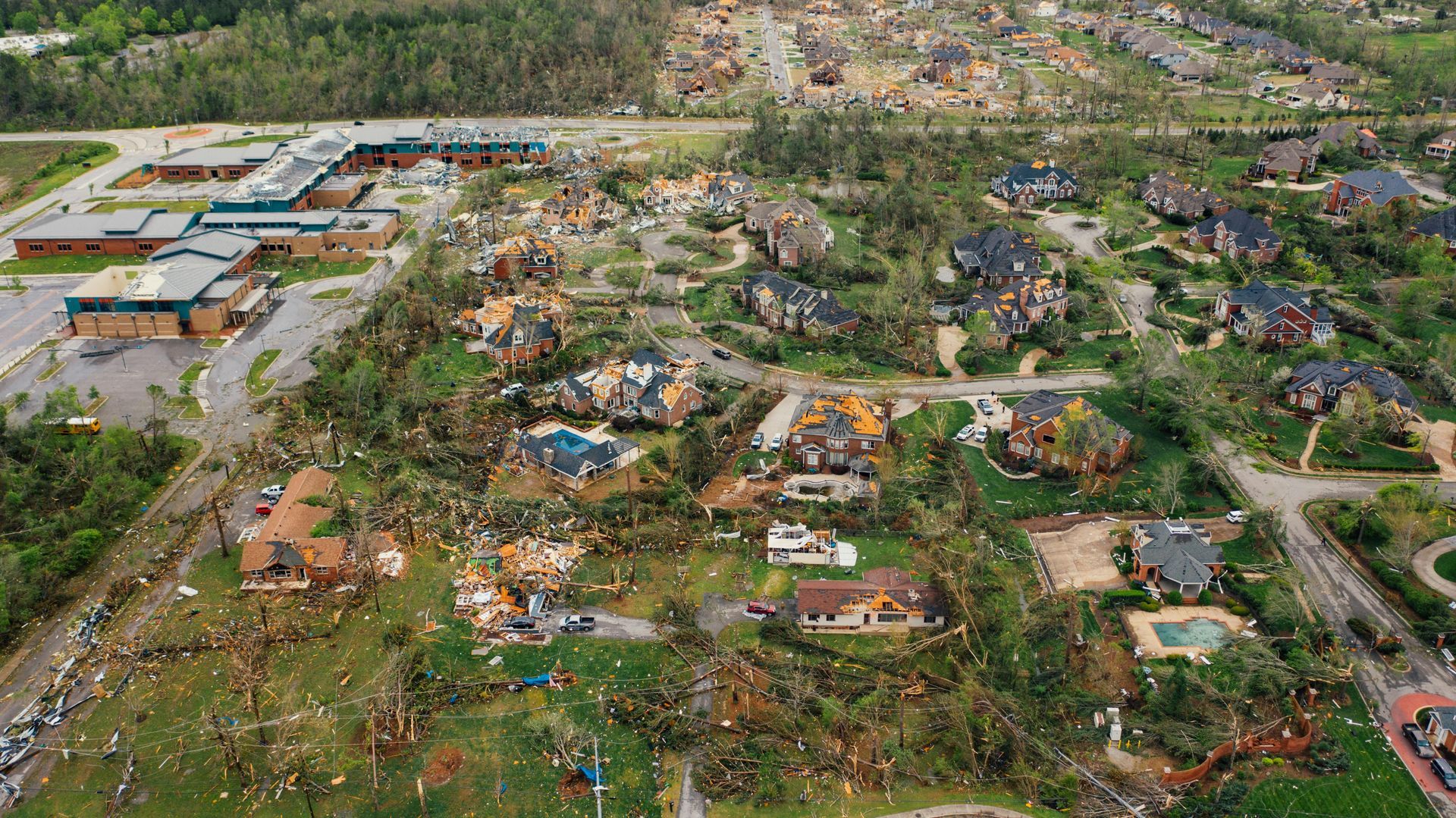Peak Hurricane Season - When Preparation Meets Reality
By August, hurricane season stops being something you plan for—and becomes something you live through.
The tension that started building in June now has weight. The tropics are active. The names on the storm list start to sound more familiar. And whether you’ve already been hit or have managed to avoid the worst so far, August carries a message that’s hard to ignore: the most dangerous part of the season has arrived.
At Disaster South, we’ve worked through hundreds of Augusts. Some bring relentless rain, surging floods, and back-to-back named storms. Others are quieter—until they’re not. Because the truth is, August doesn’t just bring storms—it brings stress, fatigue, and hard choices.
This is the month that tests everything you’ve prepared—your home, your plan, your mindset, your resilience. And in the middle of that pressure, what you need most isn’t just information. You need clarity. You need community. And most of all, you need someone you trust to call when everything feels like too much.
The Most Active—and Unpredictable—Month of the Season
Statistically, August is the beginning of the most active stretch of hurricane season. Historically, some of the most devastating storms—Katrina, Andrew, Harvey, and Ida—all formed in late August.
Why?
Because the ocean is at its warmest. The atmosphere is at its most unstable. And storm systems that begin forming off the coast of Africa or in the Gulf can intensify in hours, not days.
August storms are faster, wetter, and more violent. They bring not just wind damage, but widespread power outages, severe flooding, and the emotional aftermath that follows a truly destructive event.
For families and business owners alike, this means August is a month of watchfulness.
You can’t predict where the next storm will go. But you can decide how you’ll respond if it comes your way.
That’s what we focus on most at Disaster South—response. Not just in the physical sense, but emotionally and strategically. Because we’ve learned over the years that your first few hours after a storm can shape everything that happens next.
After the Storm: What People Don’t Talk About
August storms aren’t just dangerous when they hit—they’re dangerous after they pass. That’s when people start making decisions under pressure, without guidance, and often without sleep.
We’ve seen families let water sit for three or four days because they didn’t realize mold could grow that quickly.
We’ve seen business owners call the cheapest available contractor, only to find out weeks later that shortcuts were taken and insurance won’t cover the damage.
We’ve seen elderly homeowners overwhelmed by paperwork, unsure whether to file a claim or pay out of pocket, confused about what’s covered and what’s not.
These stories aren’t outliers—they’re common. And they speak to a deeper truth: storm recovery is about more than tools and tarps—it’s about timing, communication, and trust.
The first steps you take after a storm often determine:
- Whether your claim is approved.
- Whether your home develops long-term issues.
- Whether your recovery takes weeks—or months.
That’s why Disaster South doesn’t just “do the work.” We walk with you through the whole journey, starting with the first call.
The Psychological Weight of “It Could Still Happen”
August is unique because of the emotional double-bind it creates.
If you’ve already experienced damage this season, you’re likely feeling overwhelmed. You’ve gone through the cleanup. You’ve dealt with the disruption. You may have spent money, filed a claim, replaced belongings—and you’re hoping it’s over.
But August reminds you: it’s not.
There’s still more season to go.
And if you haven’t been hit yet, the anxiety builds. You’ve watched what’s happened in other towns, seen the headlines, felt the tension every time a tropical depression is mentioned.
It’s exhausting to live in a state of “not yet.”
We call this anticipatory fatigue—the feeling of being emotionally drained not by what has happened, but by what might happen next.
And in our experience, that kind of stress leads people to shut down. To ignore the warnings. To say “we’ll deal with it if it happens” just to get through the day.
We get it.
But we also know that you don’t have to do it all alone. And you don’t have to do it all at once.
Sometimes the most powerful form of preparation is simply having a number saved in your phone. A conversation already had. A plan already thought through.
Because when you’re tired, the best thing you can do is simplify. Streamline. Create space.
We help with that. Every single day.
When Storms Overlap and Systems Break Down
One of the biggest risks in August isn’t just the scale of the storms—it’s the back-to-back nature of them.
We’ve worked in cities that were hit twice in two weeks. We’ve seen businesses reopen, only to close again days later due to more flooding. We’ve seen neighborhoods where recovery couldn’t even begin before the next storm made landfall.
In those moments, the entire system starts to buckle:
- Contractors are overbooked.
- Insurance adjusters are overwhelmed.
- Supply chains slow.
- Temporary housing fills up.
- Municipal services stall.
And suddenly, the difference between having help and having no one to call becomes incredibly stark.
That’s why we always encourage people in August to move proactively, not reactively.
Because when the pressure is highest, availability is lowest.
What You Can Do Right Now—Even If the Sky Is Blue
August doesn’t always arrive with fanfare. Some of its biggest storms form quickly, out of nowhere. So even if the forecast looks clear today, here are small actions you can take now that will make a huge difference later:
- Walk your property. Look for soft spots, pooling water, or weak branches. Little issues today become big ones tomorrow.
- Photograph everything. Having a full visual inventory of your home or business (interior and exterior) before damage occurs is invaluable when filing insurance claims.
- Review your coverage. Don’t assume you’re covered for flooding. Know your deductible. Know your limits. Know who to call.
- Save our number. In the heat of the moment, you won’t want to research or compare options. Having Disaster South already in your contacts saves time and reduces stress.
These aren’t dramatic tasks. But they’re smart ones.
They say: We’re ready—not just for the storm, but for what happens after it.
How Disaster South Supports You in August—and Beyond
We don’t see our work as transactional. We don’t come and go. We show up fully, listen first, move with care, and stay until the job is done—physically, emotionally, and financially.
In August, this means:
- Rapid mobilization after storms.
- Accurate moisture mapping and detection to prevent future mold growth.
- Structural stabilization for buildings impacted by high winds or flooding.
- Insurance support and documentation so you’re not left wondering what’s covered.
- Honest, human communication from a team that’s been through it before.
We don’t make decisions based on urgency. We make them based on what’s right for you.
And whether you’ve worked with us before or are reading this during a quiet moment, just know:
When you need us, we’re already on our way.
August Is the Pressure Point—But It Doesn’t Have to Break You
This is the month when uncertainty peaks. When fear rises. When fatigue settles in. When the work of staying ready starts to feel like too much.
We see that.
We hear it in the way people speak when they call us for the third time in a season. We feel it when we walk into a home that’s been hit more than once. We understand what it means to be tired, and still have to act.
But we also know this:
You are not alone.
You don’t have to navigate this season without support. You don’t have to guess. You don’t have to handle recovery on your own.
Disaster South is more than a service provider. We’re your partner. Your advocate. Your calm after the storm.
And in August—especially in August—that makes all the difference.
